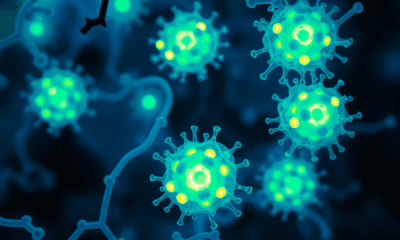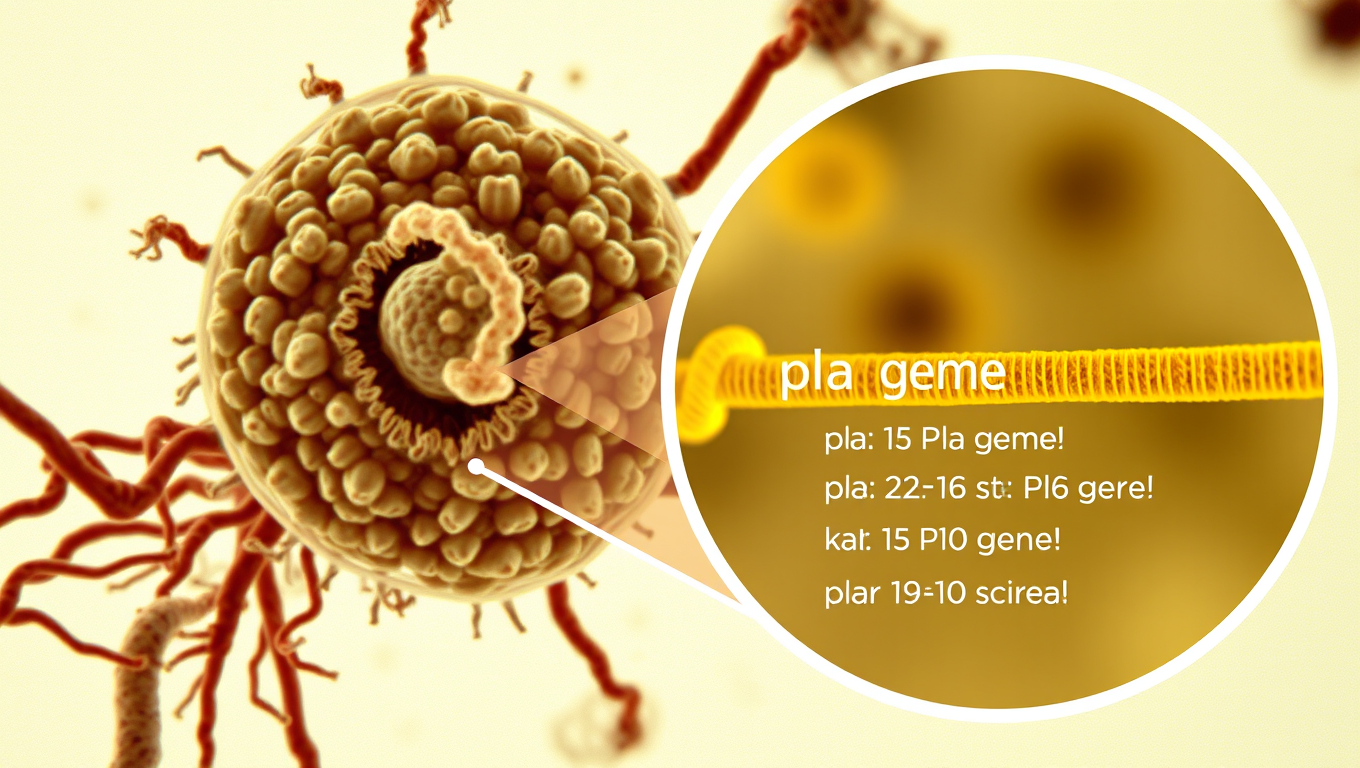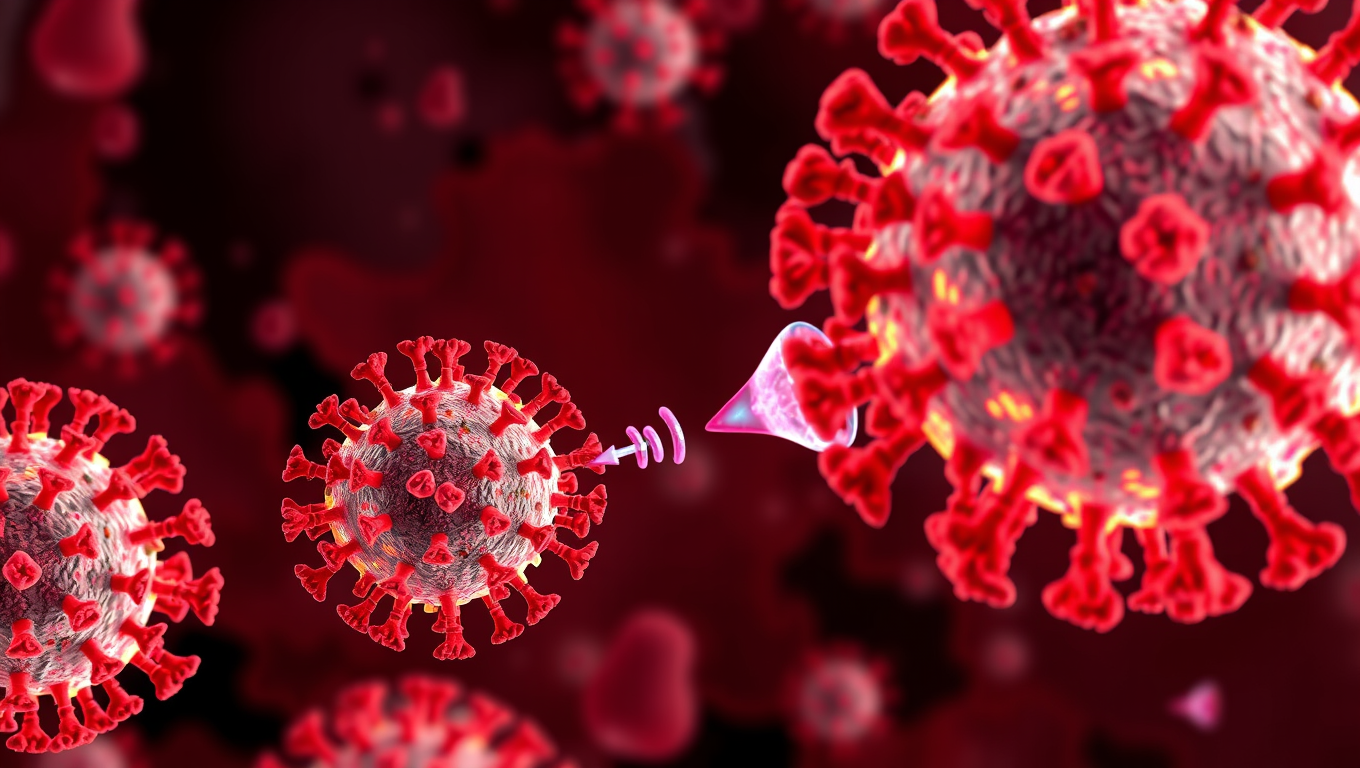While we try to keep things accurate, this content is part of an ongoing experiment and may not always be reliable.
Please double-check important details — we’re not responsible for how the information is used.
Bird Flu
Antiviral Chewing Gum Shows Promise in Reducing Transmission of Influenza and Herpes Simplex Virus
Low vaccination rates for influenza viruses and the lack of an HSV vaccine underscore the need for a new approach to reduce viral transmission. Researchers have now used a clinical-grade antiviral chewing gum to substantially reduce viral loads of two herpes simplex viruses and two influenza A strains in experimental models.

Bird Flu
A Game-Changing Vaccine Breakthrough: One Shot to Stop HIV
Researchers from MIT and Scripps have unveiled a promising new HIV vaccine approach that generates a powerful immune response with just one dose. By combining two immune-boosting adjuvants alum and SMNP the vaccine lingers in lymph nodes for nearly a month, encouraging the body to produce a vast array of antibodies. This one-shot strategy could revolutionize how we fight not just HIV, but many infectious diseases. It mimics the natural infection process and opens the door to broadly neutralizing antibody responses, a holy grail in vaccine design. And best of all, it’s built on components already known to medicine.
Bird Flu
The Evolution of a Single Gene Allowed the Plague to Adapt and Survive for Centuries
Scientists have documented the way a single gene in the bacterium that causes bubonic plague, Yersinia pestis, allowed it to survive hundreds of years by adjusting its virulence and the length of time it took to kill its victims, but these forms of plague ultimately died out.
Batteries
“Unlocking the Secrets of Influenza Viruses: How Scientists Are Studying the Interaction between Viruses and Host Cells”
Influenza viruses are among the most likely triggers of future pandemics. A research team has developed a method that can be used to study the interaction of viruses with host cells in unprecedented detail. With the help of their new development, they have also analyzed how novel influenza viruses use alternative receptors to enter target cells.
-

 Detectors2 months ago
Detectors2 months agoA New Horizon for Vision: How Gold Nanoparticles May Restore People’s Sight
-

 Earth & Climate4 months ago
Earth & Climate4 months agoRetiring Abroad Can Be Lonely Business
-

 Cancer3 months ago
Cancer3 months agoRevolutionizing Quantum Communication: Direct Connections Between Multiple Processors
-

 Agriculture and Food3 months ago
Agriculture and Food3 months ago“A Sustainable Solution: Researchers Create Hybrid Cheese with 25% Pea Protein”
-

 Diseases and Conditions4 months ago
Diseases and Conditions4 months agoReducing Falls Among Elderly Women with Polypharmacy through Exercise Intervention
-

 Albert Einstein4 months ago
Albert Einstein4 months agoHarnessing Water Waves: A Breakthrough in Controlling Floating Objects
-

 Earth & Climate3 months ago
Earth & Climate3 months agoHousehold Electricity Three Times More Expensive Than Upcoming ‘Eco-Friendly’ Aviation E-Fuels, Study Reveals
-

 Chemistry3 months ago
Chemistry3 months ago“Unveiling Hidden Patterns: A New Twist on Interference Phenomena”





























